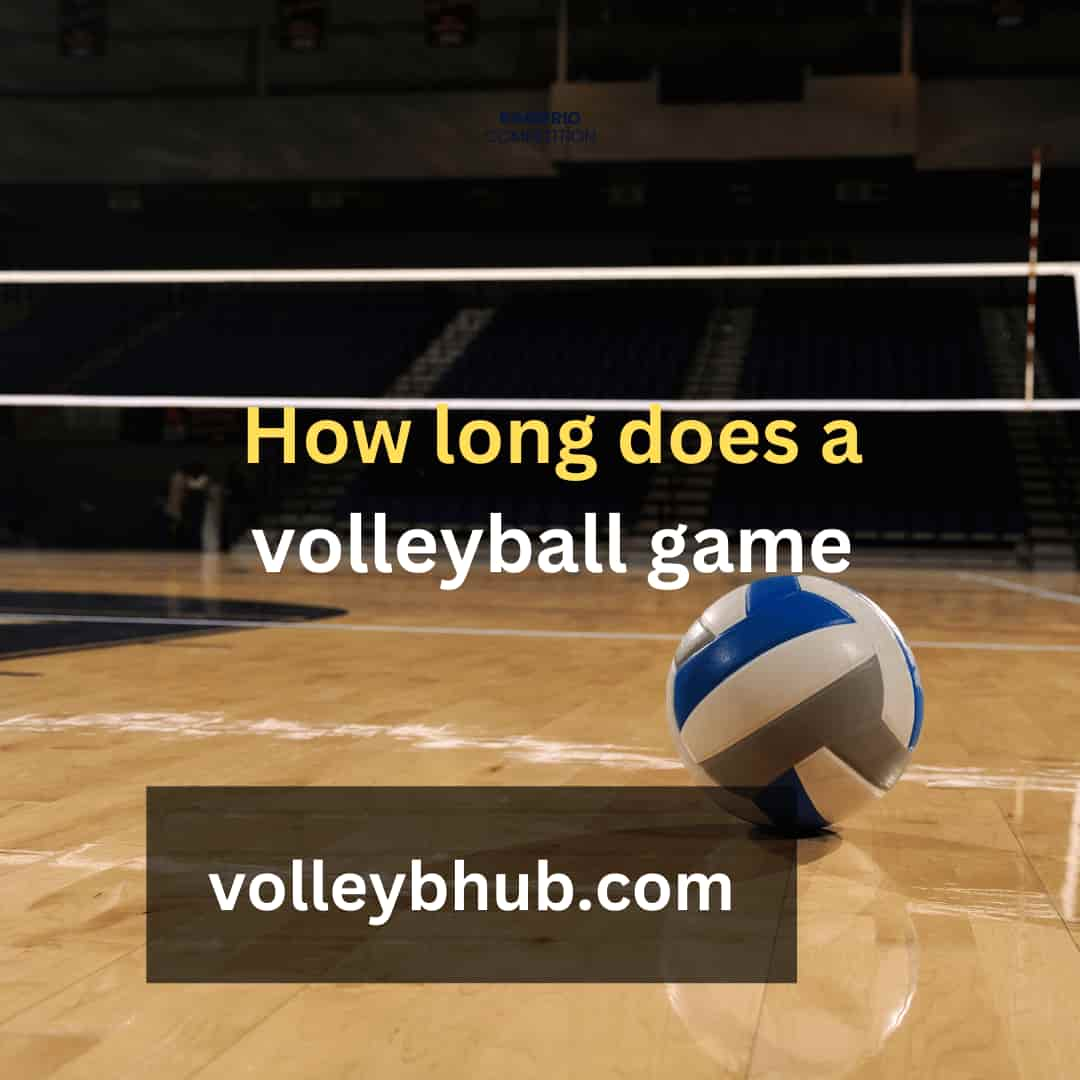
Understanding Volleyball Game Lengths
Many newcomers to volleyball often inquire about the length of the games. Volleyball matches are celebrated for their dynamic and energetic qualities, and the duration varies based on several factors. The time it takes to complete a game can change depending on the skill level of the players, the number of sets, and specific rules set by the tournament or league.
As we approach the Paris Olympic Games in July, it’s an excellent opportunity to dive into the exciting world of volleyball, one of the highlight sports of the summer games.
We will explore essential aspects such as the duration of a game, how many sets are played, the scoring system, the introduction of new players, and recent rule changes that enhance the game’s pace by allowing points to be scored by both teams.
For those eager to catch every spike and save of the volleyball events at the Olympic Games, subscribing to VBTV is recommended. VBTV will provide comprehensive coverage of all the action, from global qualifying tournaments to every match of the Olympic volleyball competition.

Basics of Volleyball Gameplay
Volleyball is an easy sport to enjoy, even for those unfamiliar with all the rules. Many spectators quickly get swept up in the excitement and find themselves cheering for a team effortlessly.
The primary goal in volleyball is to send the ball over the net into the opponent’s area, ensuring it doesn’t touch the ground on your side. A point is awarded to your team if the ball lands on the ground within the opposing team’s area during play.
The game begins with one team serving the ball to the other. The team on the receiving end has three opportunities to return the ball across the net. Failing to return the ball, having it hit the ground, or sending it out of bounds results in a point for the serving team, who then serves again. This straightforward objective makes volleyball both engaging and easy to follow.
Read Also: 4-2 volleyball Rotation
Duration of a Volleyball Match
Volleyball games do not have a fixed time limit. The game progresses until a team makes an error, such as letting the ball touch the ground on their side or hitting the ball out of bounds. Each set in a match generally lasts between 20 to 30 minutes. Consequently, a full volleyball match can extend up to three hours, depending on the number of sets played and the level of competition.
Understanding Game Length: Substitutions and Timeouts in Volleyball
Substitution Guidelines
In volleyball, strategic substitutions are crucial. Players can substitute for one another following a specific rotation order, which referees monitor. In U.S. high school volleyball, teams are generally limited to 18 substitutions per set, allowing for tactical adjustments during the match.
Timeout Rules
Timeouts significantly influence the length of volleyball games by providing teams opportunities to strategize and recover briefly. Typically, each team is allowed two timeouts per set, each lasting 30 seconds. Additionally, in international play, technical timeouts are automatically called when a team scores 8 and 16 points per set, as per the rules of the Fédération Internationale de Volleyball (FIVB).
These regulations ensure that games have structured breaks and strategic opportunities, impacting the overall duration and flow of the match.

Overview of the Rally Point Scoring System
The Rally Point System is a scoring method in volleyball that allows both teams to score points, whether they served or not. Traditionally, only the serving team could score if the receiving team failed to return the ball, grounded it, or sent it out of bounds.
With the Rally Point System, not only does the team win the right to serve, but they also score a point. This approach helps to streamline and shorten match durations by ensuring continuous point opportunities.
Updated Team Composition in Volleyball
Recent changes by the Federation International de Volleyball (FIVB) have introduced a new player role to the standard six-person indoor volleyball team. This addition is known as the Libero, a specialized backline player aimed at enhancing a team’s ball control.
The Libero, however, has specific restrictions: they are not allowed to serve, spike the ball over the net, or occupy front-line positions during play. This role adjustment is designed to strengthen defensive play and increase the dynamics of the game.
Understanding Match Length Through Progression and Scoring
When considering how long volleyball games last, comprehending the progression and scoring of matches is essential. Each set in a volleyball game is composed of numerous rallies, where the objective is to reach a designated point threshold before the opposition.
Set Victory Conditions
A team secures a set by scoring 25 points and maintaining a lead of at least two points over the other team. In scenarios where the score ties at 24-24, the game extends until one team gains a two-point lead. This scoring structure plays a significant role in determining the overall duration of a match.
FAQ’S: volleyball game last
How many minutes does a volleyball game last?
A typical volleyball match ranges from 60 to 90 minutes, with each game lasting about 20 minutes. Matches continue until one team wins three games, starting with a serve from a player at the back of the court.
How long is a 5 set volleyball game?
A 5 set volleyball game, played in a best-of-five format, generally lasts about 90 minutes.
Does a volleyball game end at 25 points?
Yes, a volleyball game typically ends when a team reaches 25 points with at least a two-point lead, except for the deciding set, which ends at 15 points with the same two-point requirement.
How long do volleyballs last?
There is no specific time limit for a volleyball game. Play continues until a team commits an error leading the ball to touch the ground on their side or go out of bounds. Each set typically lasts 20 to 30 minutes, with a full match extending up to three hours.




